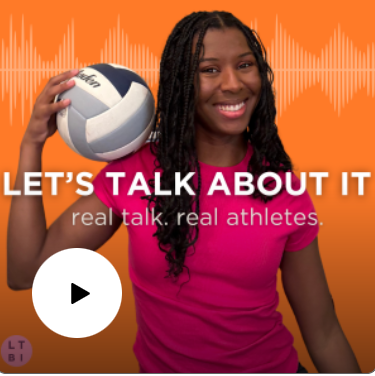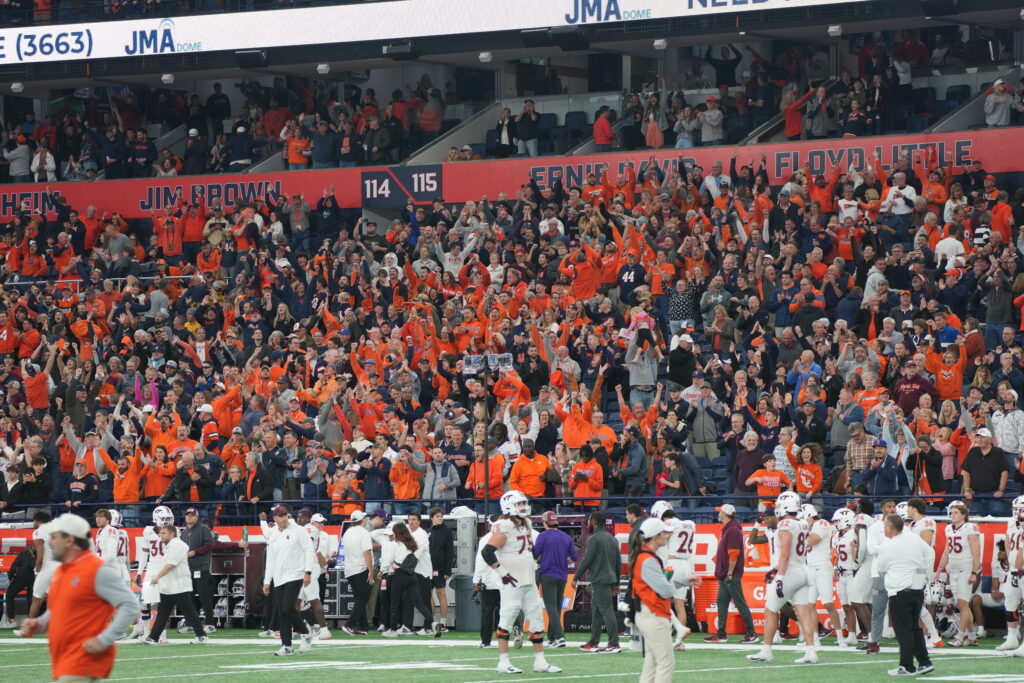SYRACUSE, N.Y. (NCC News) — A judge signed a settlement between Grant House and the NCAA. The case opens the door to college athletes getting paid directly by their university.
In 2021, NIL became a reality for college athletes. However, schools were not allowed to pay athletes directly. The recent case changes that. For the first time, individual schools can pay individual athletes directly.

Sydney Moore, ESPY winning podcast host, said the court case is a result of one thing.
“The root of what this is, is really student athletes looking for a bit more, and recognizing their value and what they bring to the universities,” she said.
Moore said that athletes are beginning to change their mindsets and are putting themselves first.
“So now, with the House case, athletes are saying, ‘no, for years and years and years, you were getting these TV deals, these different streams of revenue that were directly related to me,'” Moore said.
Other revenue streams include a jersey with a player’s number on the back, a poster with their face, or by some arguments, the tickets that are sold for any event an athlete is a part of.

The settlement has several key components. The first is a $2.8 billion payment to past and former athletes. Athletes that participated between 2016 and the present are eligible for a portion of this payment. The NCAA and its schools will pay this out over the next 10 years.
The new settlement allows schools that opt-in to pay athletes directly. This comes with a few restrictions. The NCAA established a cap for what schools can pay athletes directly. It is estimated to be about $20.5 million. Schools will have to face other regulations including roster limits, scholarship restrictions and others set by the NCAA.
Moore said the cap helps to make NIL more fair across college sports. She said it is created from the number that most schools can pay based on their total revenues.
The cap is the amount that schools can pay athletes directly. Prior to this ruling that was not the case. NIL deals had to come from brand deals, social media or collectives. Because of that, collectives became a huge part of college athletics.
“Why don’t we create one huge NIL deal with them, that pays a much larger sum of money, tens of thousands, sometimes millions of dollars, and we say ‘okay, you have to do all these different things,’ and then usually those collectives handle the deals,” Moore said.
VIDEO TRANSCRIPT: House v. NCAA: The case that sets the landscape for NIL in college athletics
Zach Card: A new court ruling could shake up the college sports landscape including for Syracuse. A judge signed the settlement between Grant House and the NCAA, but what does that mean for college athletics. NCC’s Jackson Cowen has the story.
Sydney Moore: The root of what this is, is really student athletes looking for a bit more, and recognizing their value and what they bring to the universities.
Jackson Cowen That is Sydney Moore, an ESPY winning podcast host. She says the case boils down to one thing.
Moore: So now with the House case athletes are saying, ‘no, for years and years and years you were getting these tv deals these different streams of revenue that were directly related to me.’
Cowen: The settlement does a few things. It says the NCAA and its schools must pay $2.8 billion to athletes who participated from 2016 until now. It allows schools to pay athletes directly. It begins on July 1 and the settlement creates a cap for what schools can pay players.
Moore: We believe the most number of schools can afford to pay student athletes based on their full revenue is 20.8 million dollars.
Cowen: The cap, around $20.5 covers direct payments from the school to the student athlete. Prior to this decision, schools could not legally pay athletes directly. NIL deals had to come from brand deals, social media or collectives. Collectives then became a big part of college athletics, both for the university and the student athlete.
Moore: Why don’t we create one huge NIL deal with them, that pays a much larger sum of money, tens of thousands, sometimes millions of dollars, and we say ‘okay, you have to do all these different things,’ and then usually those collectives handle the deals.
Cowen: The ruling cuts out the mediator between athletes and schools. Division I schools have the option to opt-in to the new settlement, but are not required to. The settlement brings some new rules as well, roster limits, expanded scholarships and others depending on the sport. Regardless, Moore says it will have a lasting impact.
Moore: I keep saying this, I think it proves the era of the dumb athlete is over.
Cowen: Jackson Cowen, NCC News.
Card: Roughly 90% of the $20.5 million per school annual cap is allocated to football and men’s basketball with just 5% each for women’s basketball and all other sports. With direct athlete compensation slated to begin on July 1, universities are racing to balance logistics and Title IX compliance. One of the big concerns is that smaller schools and sports may get left behind.
Moore said the era of the “dumb athlete” is over.
Since the settlement was signed, there have been more cases about NIL brought to various courts. They could decide how payments will be broken down and how money is distributed across sports. One of the big concerns is that smaller sports and smaller schools could get left behind.
